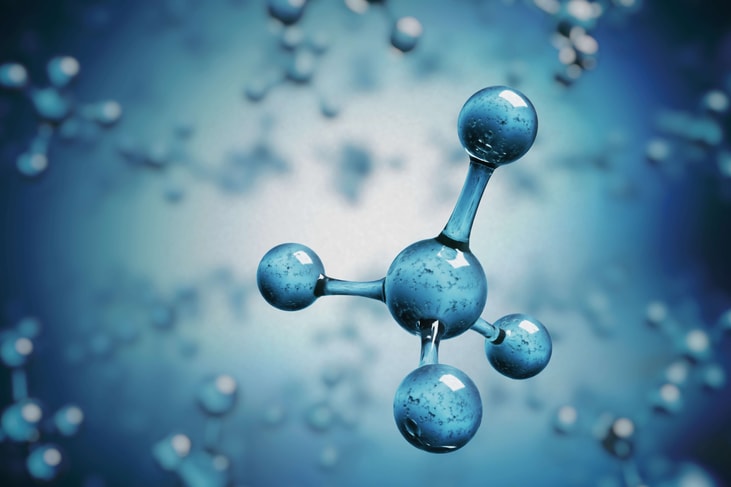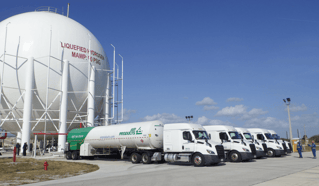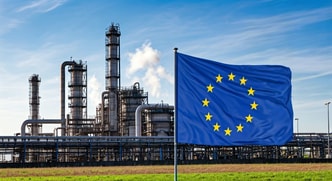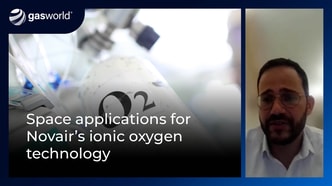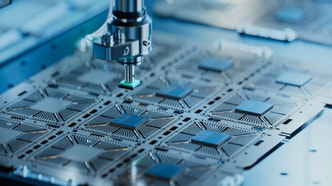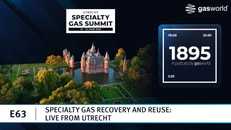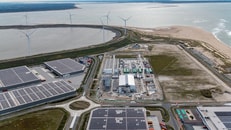French and US firms link on methane pyrolysis to make hydrogen and graphite
French engineering company Technip Energies has partnered with US-based Graphitic Energy to accelerate the commercial deployment of methane pyrolysis technology for low-emission hydrogen and graphite production.
The agreement will see Technip Energies support the development of standardised plant designs and fund further testing of Graphitic Energy’s process, which converts natural gas into hydrogen and solid carbon without direct CO2 emissions. A licensing agreement is expected to follow later this year.
Graphitic Energy’s modular pyrolysis units are designed to produce up to 100,000 tonnes of hydrogen annually, alongside graphite co-products used in a range of industrial applications. The company says its technology consumes less electricity than comparable hydrogen production routes and can be deployed at locations with access to natural gas or LNG.
“The standardised designs will allow for lower pre-investment costs, accelerated implementation time, high predictability on project economics, and reduced overall capital costs,” said Mario Tommaselli, Senior Vice President of Gas & Low Carbon Energies at Technip Energies.
... to continue reading you must be subscribed

